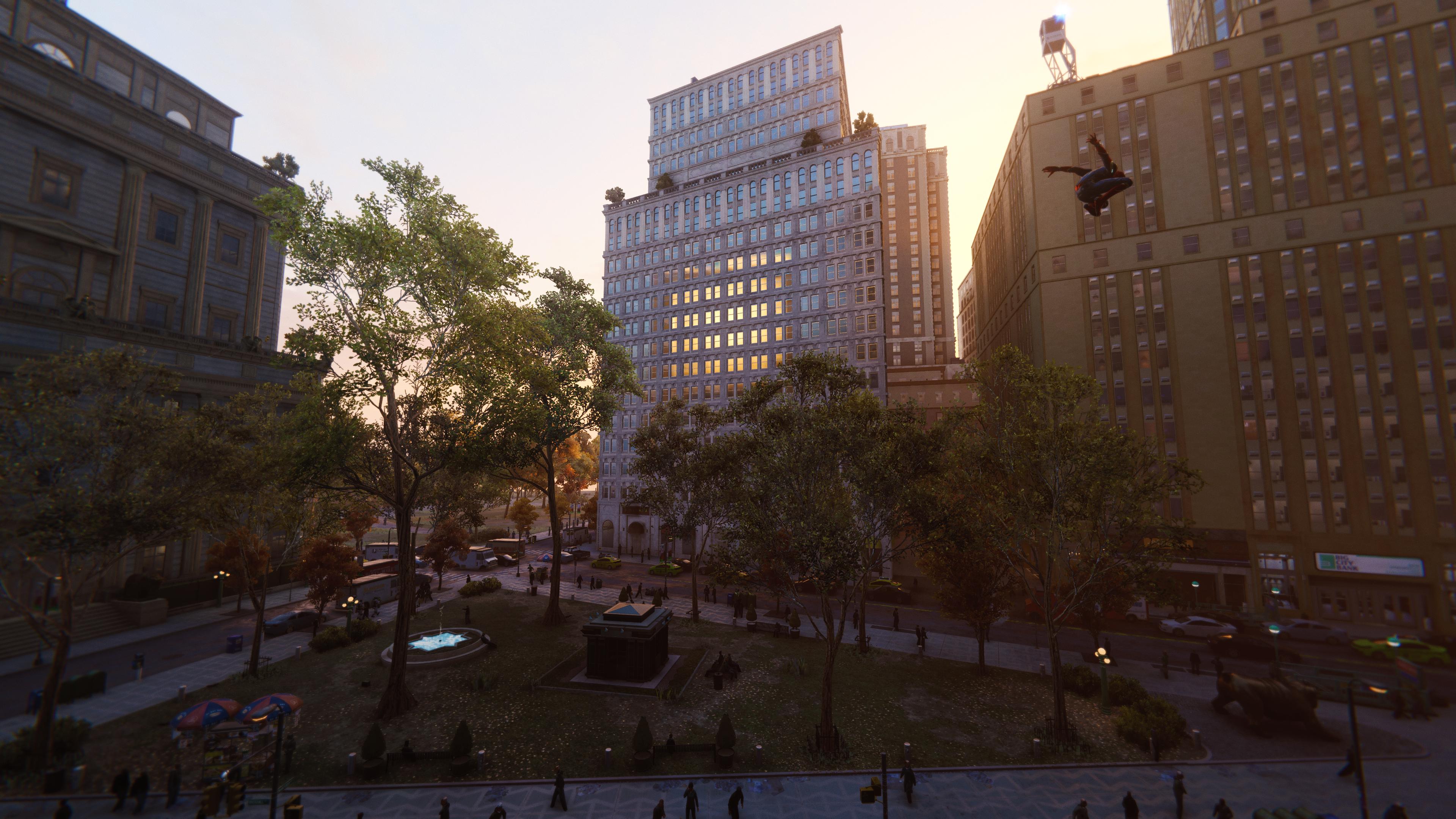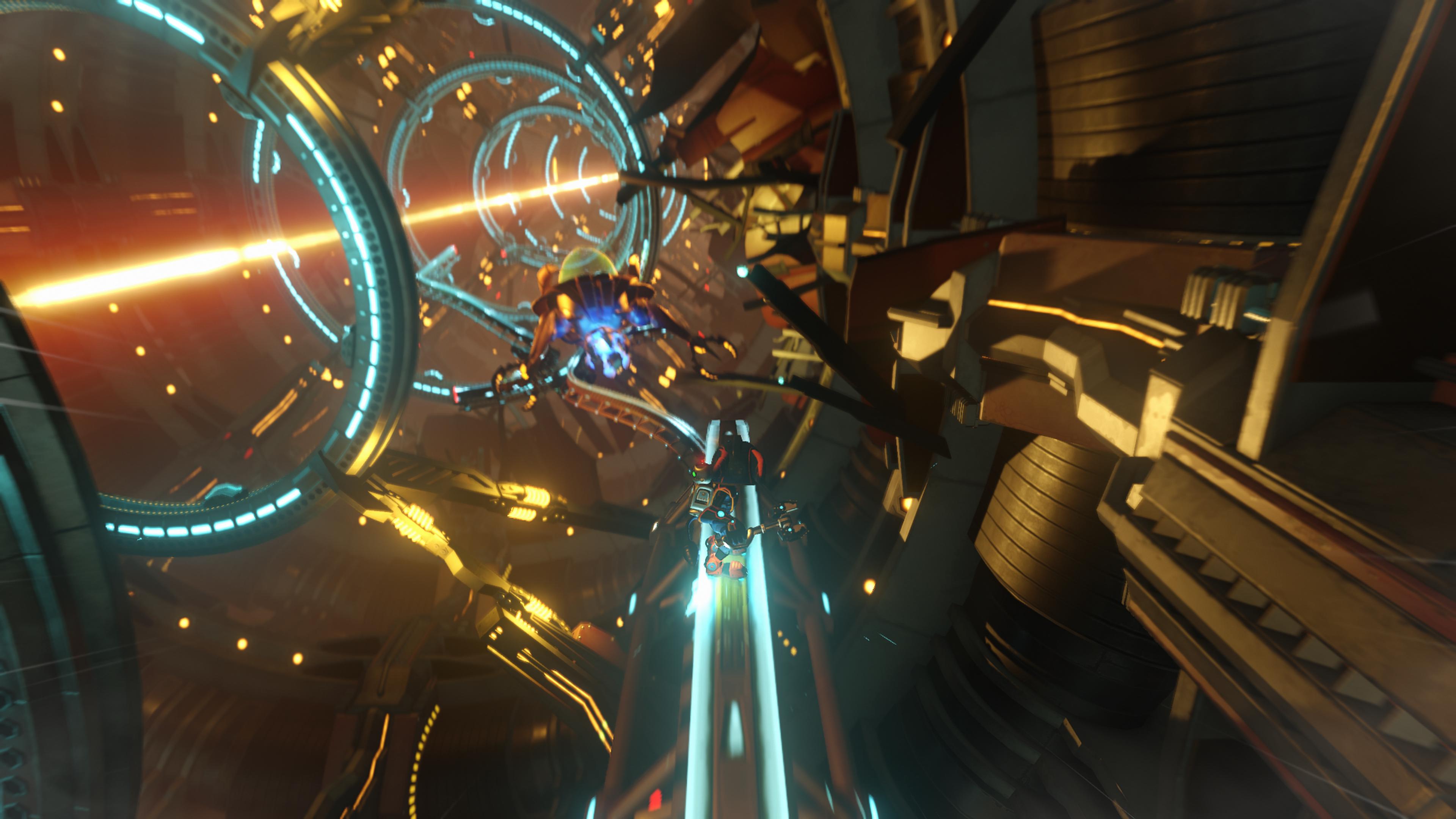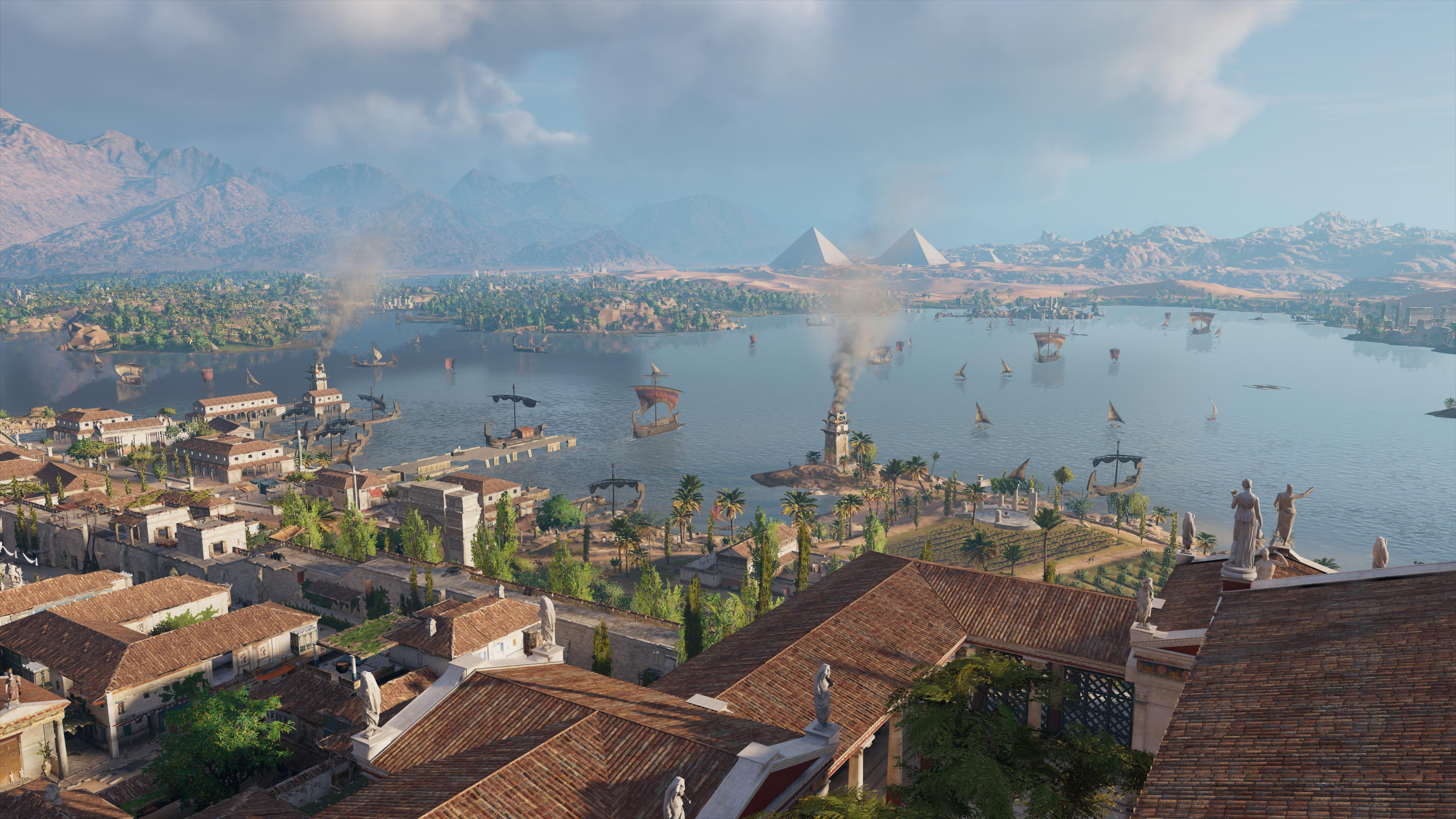Well said.
Ironically, this is precisely the issue
 SlimySnake
SlimySnake
is arguing.
That dynamic lighting is more computationally expensive is irrelevant. If you can achieve a superior end result with pre-computed light probes + SSAO + SSS + the number of other quick lighting hacks, then what does it matter how the lighting was achieved?
The problem with the way folks in the tech press have covered RT (people like Alex at DF), is that they've lost sight of the end result because of their extreme hard-on for a very specific means of getting to that end result. The goal of rendering technology is ALWAYS the end result, so losing sight of that undermines any perspective you seek to share.
Most if not all RT implementations in real games thus far have been aesthetically worse overall than the very best non-RT'd games; with the exception of limited RT-effects like RT-reflections used in games like Miles Morales.
And anyone with half a brain should have expected this because both RT and non-RT lighting is always a trade-off between accuracy and performance; however, because RT includes a step-change difference in performance vs non-RT lighting, full RT in games will require significantly more performance than the current hardware can deliver, for the same accuracy results as RT lighting (with few exceptions).
As such, the biggest benefits of current RT are in limited areas where the non-RT equivalents are also very expensive (e.g. reflections), as well as on the production side of creating and iterating on videogame assets.
DarkMage619 is not an honest straight-down-the-middle type of dude and that he somehow pretends to like PlayStation.















